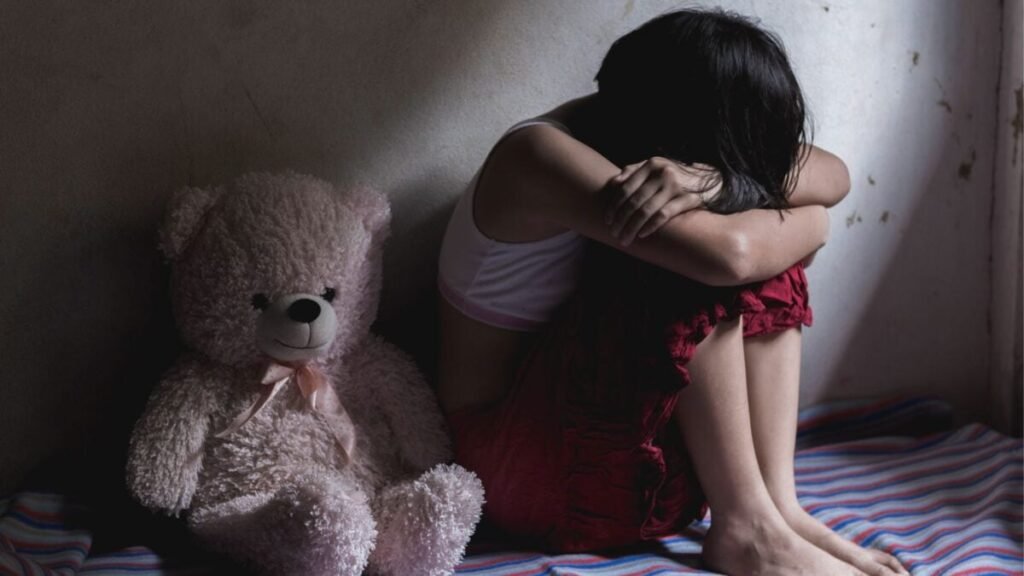The Hidden Silence of Growing Violence: When Childhood is Exposed

In various corners of Latin America, an alarming phenomenon is observed: as reports of abuses towards children and adolescents increase, public attention seems to shift towards other issues. The media once again highlights those accused of crimes, while the real victims are relegated to the background, invisible and sometimes even suspected.
### A story that erases the victims and glorifies the offenders
At the center of this cultural transformation, the accused individuals once again become protagonists in the media, as if their past did not exist. They are even portrayed as victims of a supposed “cancel culture,” managing to divert attention and empathy towards themselves. This strategy minimizes the seriousness of the events and sidelines the true victims from the societal narrative.
Media discourses contribute to this symbolic inversion by emphasizing the myth of false accusations. They are portrayed as common, when in reality they are an insignificant minority compared to the number of confirmed cases. Thus, the narrative ends up empowering the offenders and undermining the credibility of those seeking justice, fostering a climate of widespread distrust.
### Myths that perpetuate impunity and discourage reporting
International studies have warned that this dynamic is not exclusive to one region. In several countries, the media highlights the reputation of the accused, while ignoring the victims. This perspective, far from being harmless, undermines trust in the system and maintains impunity: it discourages new reports and makes it difficult for victims to seek redress and justice.
In Latin America, statistics show an alarming situation: seven out of ten victims of sexual violence are minors, and eight out of ten cases of abuse go unreported. This forced silence is not coincidental, but the result of a society that tends to protect the aggressor and question the victim.
### The danger of normalizing the intolerable
Some debates have mentioned the American researcher David Finkelhor, who suggests including offenders in prevention strategies. Although his contributions are important, they have been criticized for not sufficiently addressing gender inequalities and power structures that sustain violence. This highlights the need to address offenders from the fields of justice, health, and education, rather than from a sensationalist media perspective.
Even more serious is the fact that crimes with devastating consequences are presented as non-existent or time-barred, and their perpetrators are publicly praised. This symbolic romanticization silences the victims, discredits them, and legitimizes the aggressor, promoting a dangerous silence.
### A debt to childhood that cannot be ignored
The saddest consequence of this narrative shift is the message that children and adolescents receive: that their testimonies do not matter, that their suffering can be denied, and that the aggressor can be admired. This learning of submission and silence perpetuates impunity, damages collective mental health, and endangers the future of society as a whole.
Despite the increasing number of abuse cases, society focuses on superficial debates instead of confronting its responsibility towards children. Not enough survivor testimonies are amplified, nor are experts called upon to address the aftermath. Thus, violence becomes something commonplace, accepted, and turns into a silent epidemic.
It is crucial to break free from this urgent narrative: it is imperative to restore children and adolescents to the central place they deserve and build a culture based on memory, justice, and care, that does not tolerate impunity or forgetfulness.







